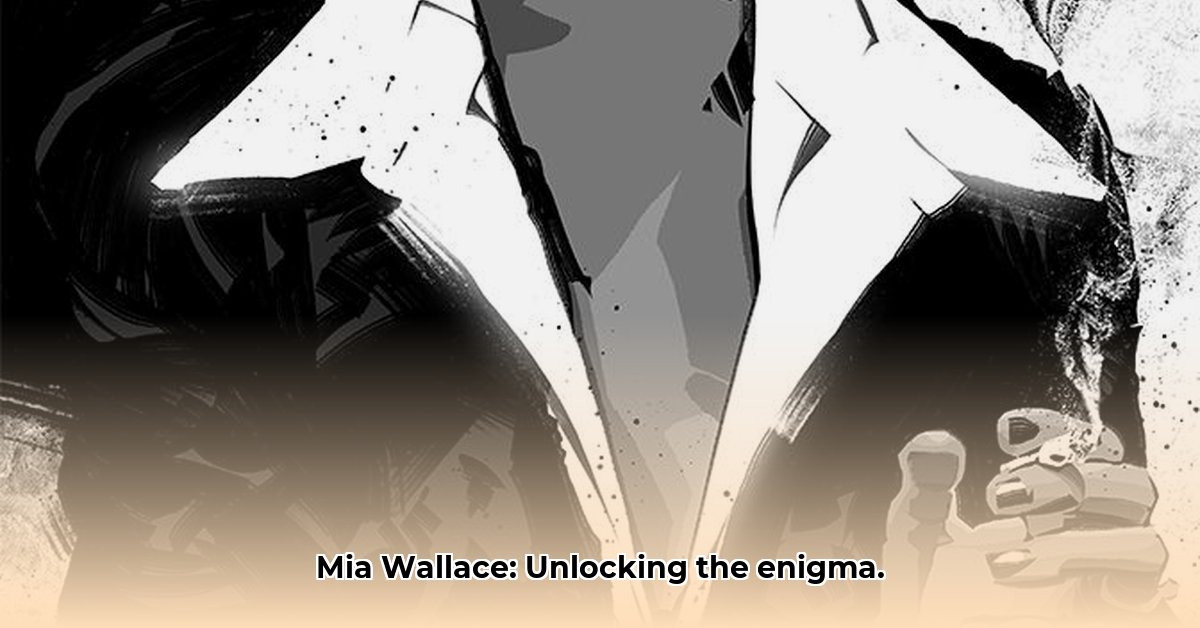
Pulp Fiction's Mia Wallace: Unpacking the Icon
Mia Wallace. The name itself evokes a specific image: a sharp bob, a retro-chic dress, and a wry smile masking layers of complexity. She’s more than just a memorable character in Pulp Fiction; she’s a cultural phenomenon, captivating audiences decades after the film's release. But what fuels Mia's enduring allure? Let's explore this iconic figure.
Isn't it fascinating how a fictional character can transcend the screen and become a cultural icon? Mia's impact extends far beyond the film itself, influencing fashion, dialogue, and our understanding of complex female characters in cinema. Her presence alone enriched Pulp Fiction's narrative significantly.
Mia's Allure: Strength and Vulnerability in Perfect Harmony
Uma Thurman's portrayal of Mia is a masterclass. She flawlessly embodies both immense strength and heartbreaking vulnerability. One moment she's delivering razor-sharp witticisms, the next she reveals a devastating fragility, haunted by addiction. This isn't mere acting; it's a testament to Tarantino's writing, creating a character who feels strikingly real within a surreal world. This duality – strength and vulnerability intertwined – is what makes her so compelling and relatable, despite her extraordinary circumstances. Her character arc showcases the complexities of human experience, a rarity in cinematic portrayals of strong female leads. Indeed, the character's dynamic nature is a large part of her success.
Beyond the Dance: Mia's Crucial Narrative Role
While the dance scene with Vincent Vega is undeniably iconic, Mia's significance goes far beyond a memorable moment. She's a crucial element in the film's intricate, interwoven storylines. Her interactions with various characters act as catalysts, disrupting the status quo and creating cascading effects throughout the narrative. Her overdose, for instance, isn't just a personal crisis; it's a pivotal moment that dramatically alters the film's trajectory. The film's narrative structure would be significantly weakened without the central role she plays. Consider how her presence changes the motivations and actions of other characters.
A Cultural Earthquake: Mia's Enduring Legacy
Pulp Fiction's immense cultural impact is partly due to Mia. Her catchphrases remain popular, her style continues to inspire, and her character has sparked countless discussions about female representation in cinema. She's become a touchstone, representing complex and powerful female characters. It's exceptional for a fictional character to achieve such lasting influence, but Mia transcends the film itself. She is, simply put, a cultural icon. Her influence on popular culture continues to impact how women are depicted on screen.
Key Takeaways:
- Mia Wallace's character development displays a compelling blend of strength and vulnerability.
- Her actions are pivotal to Pulp Fiction's complex narrative, acting as a catalyst for significant events.
- Mia’s impact extends far beyond the film, solidifying her status as a lasting cultural icon.